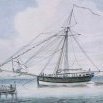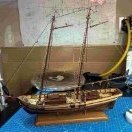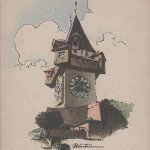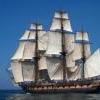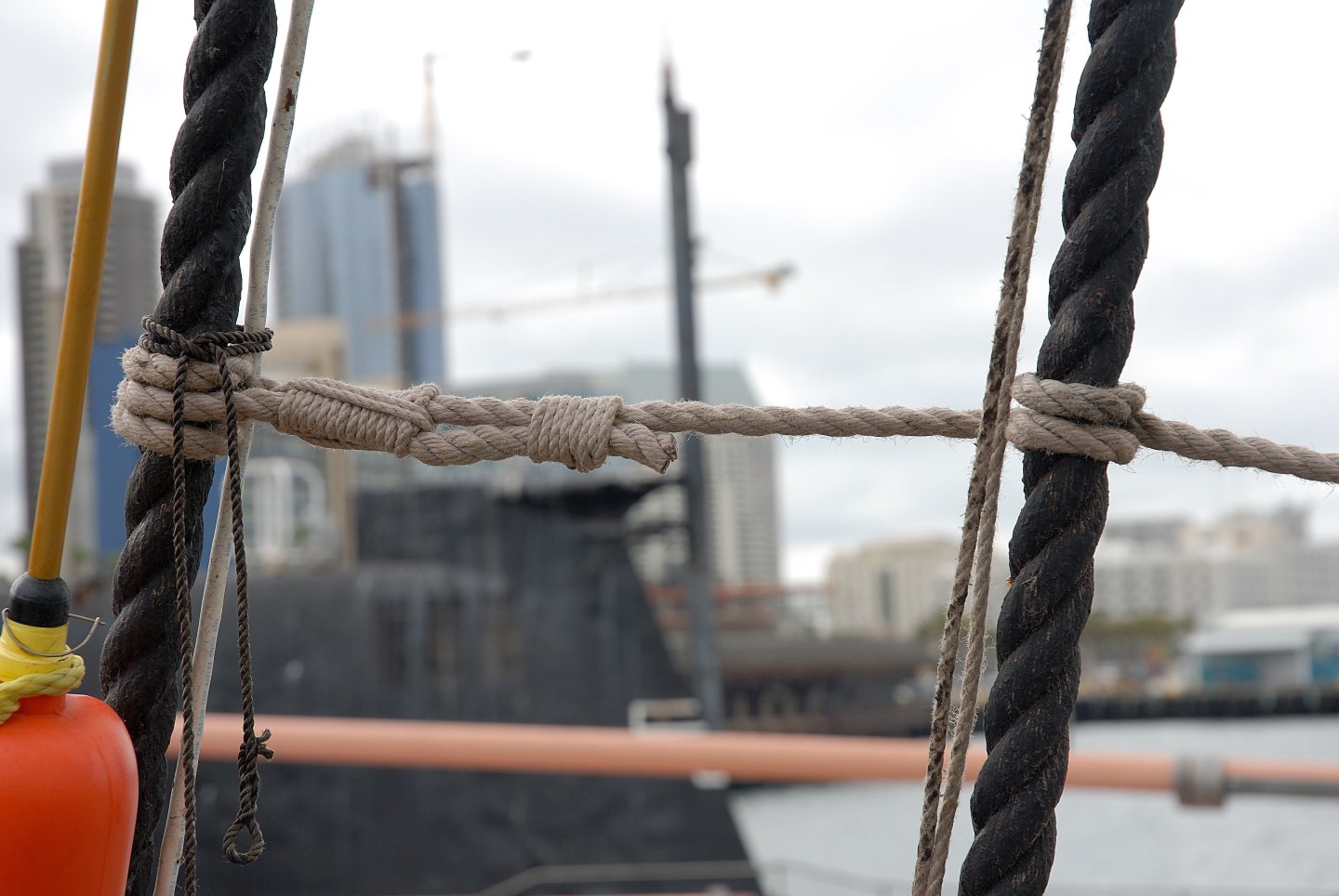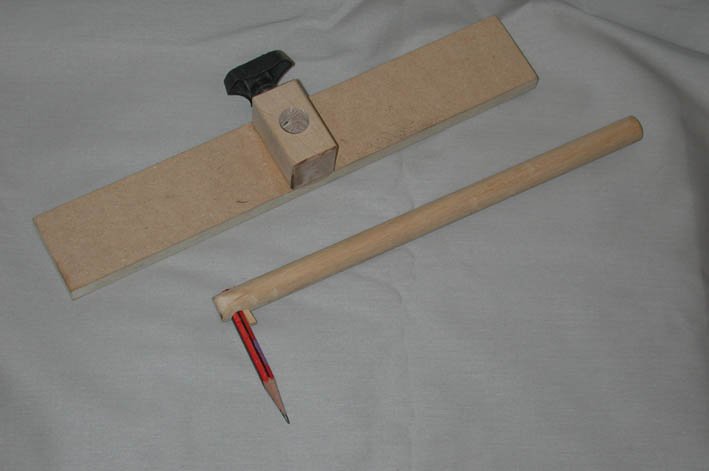-
Posts
647 -
Joined
-
Last visited
About Dziadeczek
- Birthday 07/05/1952
Profile Information
-
Gender
Male
-
Location
Glendale, CA. USA
-
Interests
shipmodeling, photography, music
Recent Profile Visitors
-
 Ryland Craze reacted to a post in a topic:
Shrouds and Ratlines
Ryland Craze reacted to a post in a topic:
Shrouds and Ratlines
-
 RossR reacted to a post in a topic:
Shrouds and Ratlines
RossR reacted to a post in a topic:
Shrouds and Ratlines
-
 Kenchington reacted to a post in a topic:
Shrouds and Ratlines
Kenchington reacted to a post in a topic:
Shrouds and Ratlines
-
 JpR62 reacted to a post in a topic:
Shrouds and Ratlines
JpR62 reacted to a post in a topic:
Shrouds and Ratlines
-
-
 paul ron reacted to a post in a topic:
Shrouds and Ratlines
paul ron reacted to a post in a topic:
Shrouds and Ratlines
-
 barkeater reacted to a post in a topic:
Shrouds and Ratlines
barkeater reacted to a post in a topic:
Shrouds and Ratlines
-
 palmerit reacted to a post in a topic:
Shrouds and Ratlines
palmerit reacted to a post in a topic:
Shrouds and Ratlines
-
I would not use CA glue to reinforce the ratline knots, but rather diluted white PVA glue, which dries invisible and doesn't crumble away after some years, like CA.
-
 JpR62 reacted to a post in a topic:
Tool to Take Measurement Inside of a Hull
JpR62 reacted to a post in a topic:
Tool to Take Measurement Inside of a Hull
-
 Nek0 reacted to a post in a topic:
L'Ambitieux by Nek0 - Altaya
Nek0 reacted to a post in a topic:
L'Ambitieux by Nek0 - Altaya
-
 Mike Y reacted to a post in a topic:
Tool to Take Measurement Inside of a Hull
Mike Y reacted to a post in a topic:
Tool to Take Measurement Inside of a Hull
-

Tool to Take Measurement Inside of a Hull
Dziadeczek replied to ChrisLBren's topic in Modeling tools and Workshop Equipment
I found this somewhere in the abyss of my external drive. (Unfortunately, I don't remember who the author is and where it was originally posted...) Hope this helps, Thomas -
It looks like a beefier vertical drill press to me, rather than a mill, otherwise how do you attach your workpiece to the flat table, to mill it? I have once bought from the Sherline factory for my Sherline mill, this "sensitive drilling attachment" to drill hundreds of holes in my blocks I made for my "Frenchie", because I was already developing early signs of carpal tunnel syndrome constantly cranking the mill up and down manually. 😏 The attachment works like a charm, BTW!!! (Pity, because in the meantime, I had already drilled most of my holes before getting this attachment...) Thomas PS: You can buy such an attachment not just for the Sherline mill, but there exist many drilling attachments designed for many different mills, just search the net!
-

Repurposing Pool Cue Lathes?
Dziadeczek replied to Rich Sloop's topic in Modeling tools and Workshop Equipment
Undoubtedly, manually shaping of the masts/spars from square to round, is the more authentic method, but I always use my old Sherline long bed lathe for this task. Also, I use a Steady Rest to prevent wood deflection during turning. Still, for my French 74 1:48 by Boudriot, for some very long spars, I had to turn them in halves, drill holes in their ends and connect them together with a dowel & glue. You cannot see the joint now. Using a lathe is quite faster and more accurate than doing it manually, I think. In the end, it is a matter of personal preference... 🤔 -
Splendid little model, very well done, considering the clinker planking! 👍 I only would recommend that for your rigging, try to get a little tighter twist of the yarns (threads)...
-
What is the projected price of the HMS Surprise kit?
-

My introduction on Model Ship World
Dziadeczek replied to ANDY GRAY's topic in New member Introductions
I seem to remember that Doris was building one of her spectacular models with lighting inside (was it the SotS or the Royal Katherine?). Check out the old posts of her and find out. Maybe you'll find your answers there? -

Need small repair done on jibboom of Le Superbe model
Dziadeczek replied to Mr. Matt's topic in Masting, rigging and sails
You probably could do it by yourself fairly easily, by replacing a wooden (?) dowel properly shaped for a jibboom and rerigging this part. Just don't forget before the removal of all ropes to take a series of close-up photographs of the existing situation to make sure where each line goes and replace them later on, one-by-one. Good luck, Thomas -
 Dziadeczek reacted to a post in a topic:
LE CENTAURE 1783 by Jeronimo
Dziadeczek reacted to a post in a topic:
LE CENTAURE 1783 by Jeronimo
-
 Dziadeczek reacted to a post in a topic:
HMS Tiger 1747 by Siggi52 - 1:48 - 60 gun ship from NMM plans
Dziadeczek reacted to a post in a topic:
HMS Tiger 1747 by Siggi52 - 1:48 - 60 gun ship from NMM plans
-
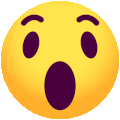 Dziadeczek reacted to a post in a topic:
D7E Bulldozer by RGL - FINISHED - Hobby link - 1/35 - 3D-printed
Dziadeczek reacted to a post in a topic:
D7E Bulldozer by RGL - FINISHED - Hobby link - 1/35 - 3D-printed
About us
Modelshipworld - Advancing Ship Modeling through Research
SSL Secured
Your security is important for us so this Website is SSL-Secured
NRG Mailing Address
Nautical Research Guild
237 South Lincoln Street
Westmont IL, 60559-1917
Model Ship World ® and the MSW logo are Registered Trademarks, and belong to the Nautical Research Guild (United States Patent and Trademark Office: No. 6,929,264 & No. 6,929,274, registered Dec. 20, 2022)
Helpful Links
About the NRG
If you enjoy building ship models that are historically accurate as well as beautiful, then The Nautical Research Guild (NRG) is just right for you.
The Guild is a non-profit educational organization whose mission is to “Advance Ship Modeling Through Research”. We provide support to our members in their efforts to raise the quality of their model ships.
The Nautical Research Guild has published our world-renowned quarterly magazine, The Nautical Research Journal, since 1955. The pages of the Journal are full of articles by accomplished ship modelers who show you how they create those exquisite details on their models, and by maritime historians who show you the correct details to build. The Journal is available in both print and digital editions. Go to the NRG web site (www.thenrg.org) to download a complimentary digital copy of the Journal. The NRG also publishes plan sets, books and compilations of back issues of the Journal and the former Ships in Scale and Model Ship Builder magazines.



